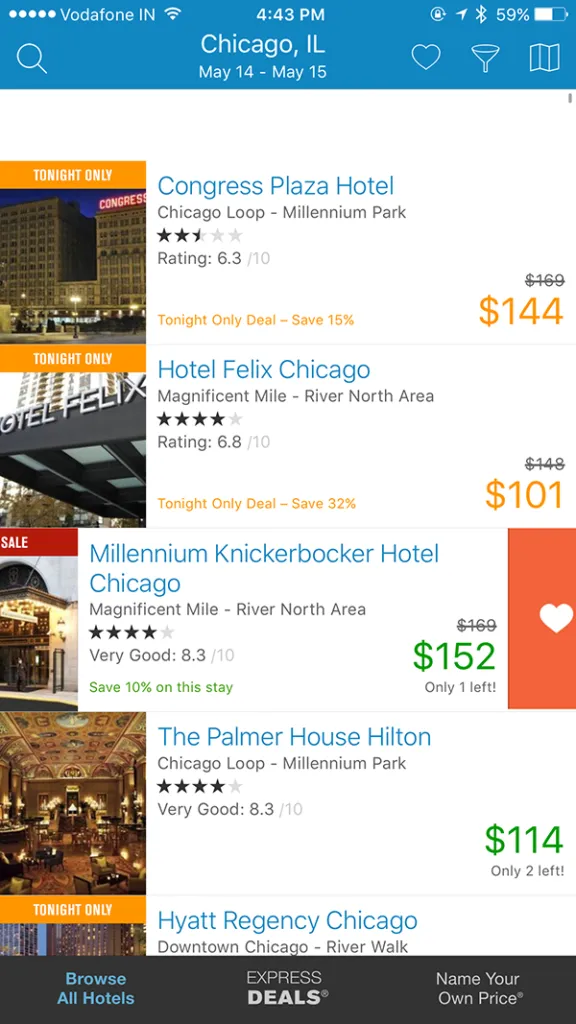The Ultimate Guide to Mobile Marketing
“Mobile marketing isn't magic. There’s a science to it.”
When you hear growth stories about startups scaling to billion-dollar valuations in just a span of few years, you attribute their surreal growth to a lot of internal factors like platforms, market timing, etc. But the truth is that none of it would have been possible without an extremely well planned mobile marketing strategy.
In this article, we explore some of the most effective mobile marketing strategies used by widely popular travel apps like Airbnb, TripAdvisor, Priceline, Expedia and more. We explore the science behind the choices they made, and how those choices turned out to be great winners.
1. Create an experience
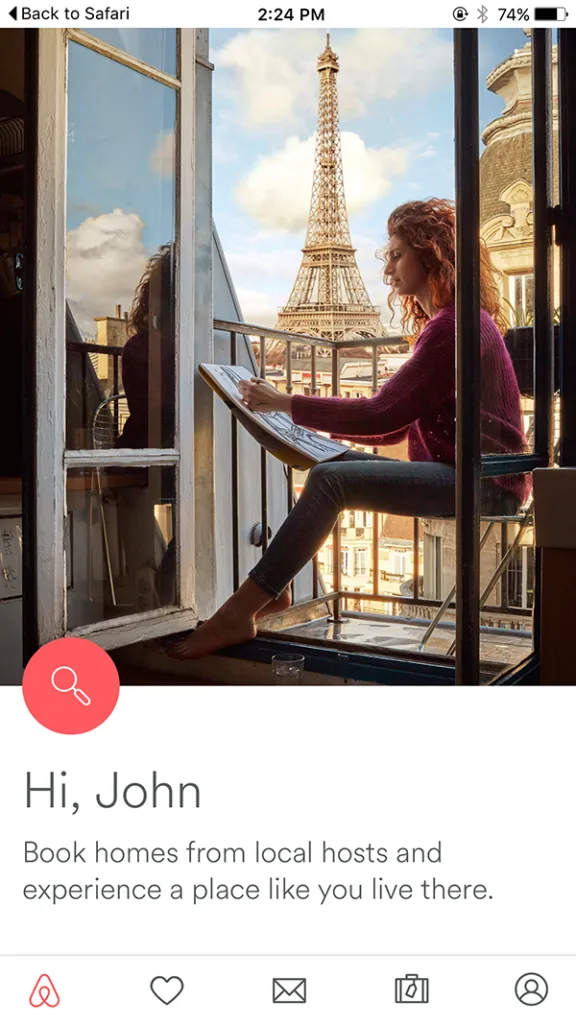
“Products are consumed. Services are experienced.”-Levitt
People don’t remember exchanges; they remember experiences. They forget what you offered, but they’ll always remember how you offered it.
If I told you that I want to start a company that allowed people to rent a space in their home to unknown strangers, you’ll probably think I’m crazy. And if I told you that I want to do this on a global scale, you would probably want to know what I was drinking.
However, here’s a reality check. As of Spring 2014, AirBnB had 10 million guests and 550,000 properties listed on their platform, along with a valuation of $10B, making it more valuable than legacy players like Wyndham and Hyatt.
So, how did AirBnB manage to squeeze past some of the most established players in the hospitality industry, and that, too, in such a short span of time? Weren’t these 5-star hotels delivering great experiences to their users already?
Well, it turns out that as Chesky and Gebbia first advertised, customers wanted more than just a place to sleep. They wanted to experience the place like they live there. If you look at the home screen of AirBnB, it reads “Book homes from local hosts and experience a place like you live there.” And... that’s exactly the kind of experience they delivered.
AirBnB allowed users to lookup hundreds of verified places, interact with hosts via messaging and customize their stay the way they want it-- right from their smartphone. On the other side, it helped tenants monetize an empty space in their home and handled the operational part (verification, professional photography, cleaning, etc.) for them.
Of course, it was an operational challenge, but they stayed true to what they had promised on offering, and delivered one-of-a-kind experience to their users.
Had AirBnB thought about aggregating hotels or lodges on their platform instead of hosts, they would have failed in attaining such levels of personalization and engagement, not to mention they would have not been able to kept the costs 80% lower.
That’s the #1 mobile marketing tactic-- stay true to your unique value offering, and deliver great experiences. And, go for a win-win strategy, because, nobody wins, until everybody wins.
2. Don’t Wait for it
Creating good experiences doesn’t always have to be counterintuitive. Sometimes, even a simple interactive wait screen can engage the user and make the experience worth it. For instance, look at the “Searching Hotels...” screen in Expedia.
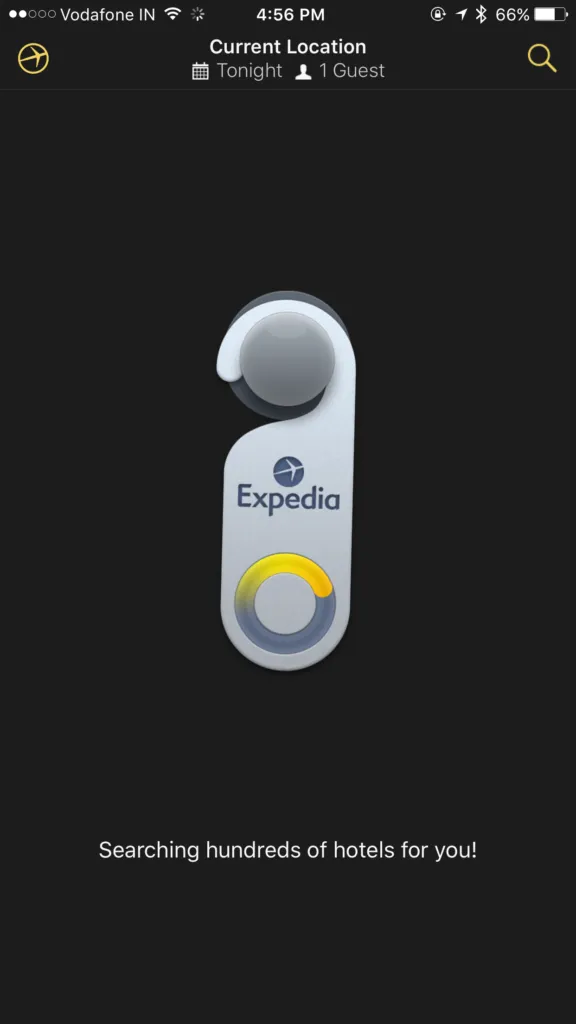
Whenever a user enters location and time preferences to search for a hotel, the app shows the above screen. Now, technically speaking, given the power of cloud infrastructure, finding a hotel should not take more than 1-2 seconds. However, the app purposefully makes you wait a few good seconds (at least 5-7 seconds), before showing the results.
Why?
Well, the answer to that question lies in David.H.Maister’s paper--Psychology of waiting lines, where he states that waiting time is actually proportional to the expected outcome. In his paper, David mentions the first law of science, which is as follows:
S (Satisfaction) = P (Perception) - E (Expectation).
While perception and expectation are abstract entities that cannot be measured, it highlights the fact that more valuable the service, the longer the customer will wait.
Now, since the app screen reads “Searching Hundreds of Hotels for You… ”, it gives user the impression that it’s doing an intensive task that would take a little bit of time. The user is happy to wait, knowing that the app is doing all the hard work for him.
Had Expedia displayed the results instantly, the satisfaction levels would have actually gone down, as the user would perceive that the system didn’t “work enough” to fetch all the results. However, since the app took a considerable amount of time to process, the user felt more contented with the displayed results.
Also, now that the user has waited enough, the principle of cognitive dissonance comes into play, which states that once the user has committed to something, it’s hard for him to back out, as that makes him inconsistent with his original set of beliefs. So, by making the user wait, Expedia actually increases the overall interaction time, and ensures that users don't just quit, before exploring all the choices.
In his paper, David also points that “occupied time feels shorter than unoccupied time” and “anxiety makes wait times seem longer”.
Therefore, in order to make the waiting time engaging for the impatient user and take the anxiety out of the equation, Expedia made the door knob on the app screen sensitive to acceleration movements, which means the knob tilts in the direction you tilt your phone.
Although a minor design tweak, the hack became a great bragging point for its users and made them connect with the overall product experience.
That’s mobile marketing tactic #2 for brands-- “Make things worth the while</i.”.
3. Put your CTA in the right context
“When content meets context, conversions happen.”
According to the widely popular self-affirmation theory in psychology, users are more likely to complete an action if they’re told why they should complete it and are given a glimpse of the end-result. For instance, in real life, you’re more likely to entertain a favor, if you’re explained the premise and the implications of conforming to it. For eg. donations, charity, crowd-funding campaigns, etc adhere to the same principle.
So far, we have been talking about how we should be using clear and direct language when conceptualizing CTAs, but what’s also important is to put your CTA in the right context. In other words, apart from telling the user what they need to do, you also need to tell them why you want them to perform that action, and how they would benefit from it.
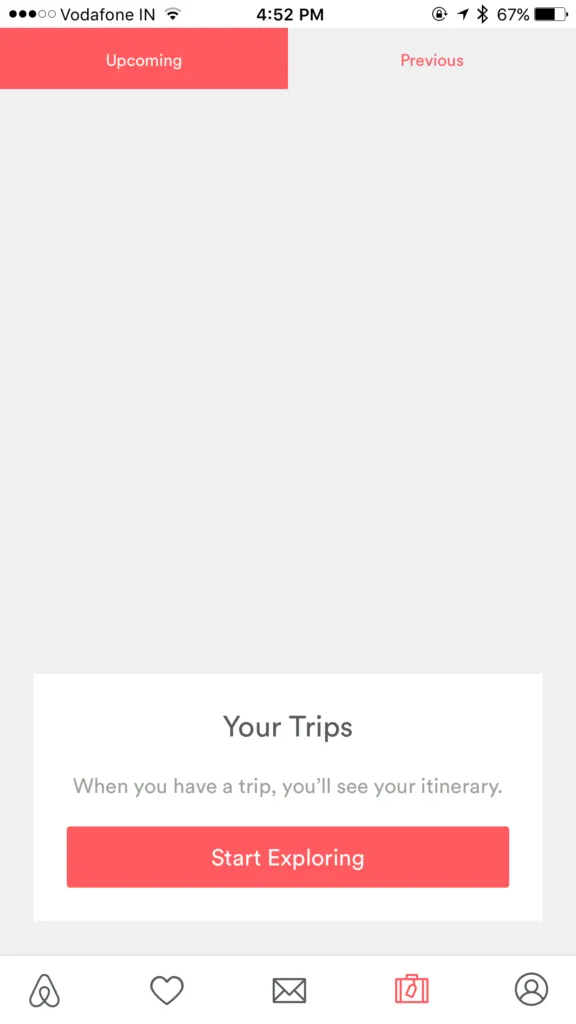
For instance, look how AirBnB tells users what will happen when they click on the CTA-- “Start Exploring”. It tempts the user to get started, since it associates an “end-result” (in this case: itinerary) with the process, and also motivates them to complete a booking.
It’s easier to use this tactic when there’s an instant reward associated with the action, but in cases, where there’s a certain degree of friction involved with completing an action, you need to invoke positive emotions, and make users feel at ease.
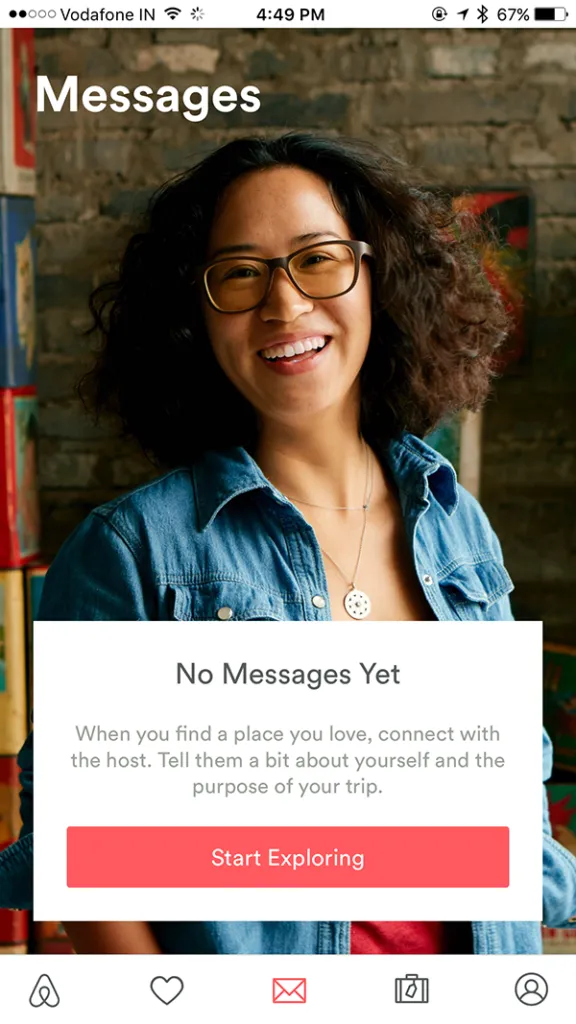
For example, AirBnB uses image of a “happy girl” and some positive words, like, “tell them a bit about yourself and the trip” to get users past the initial barrier or activation gap. The context plays a big role in breaking the ice, and in taking the initial apprehension out of the equation. It also amplifies the perception of the host in the mind of a customer and makes them feel good about interacting with them.
That’s mobile marketing tactic #3 for brands-- “the key ingredient to better user experiences is relevance. "
4. Improve engagement with social discovery.
In the summer of 2012, AirBnB redesigned the site around a WishList feature that allowed users to save places that they find interesting. In just four months of launching the feature, the team found out that nearly 45% of the users were engaging with that feature, and over a million wish lists had been created.
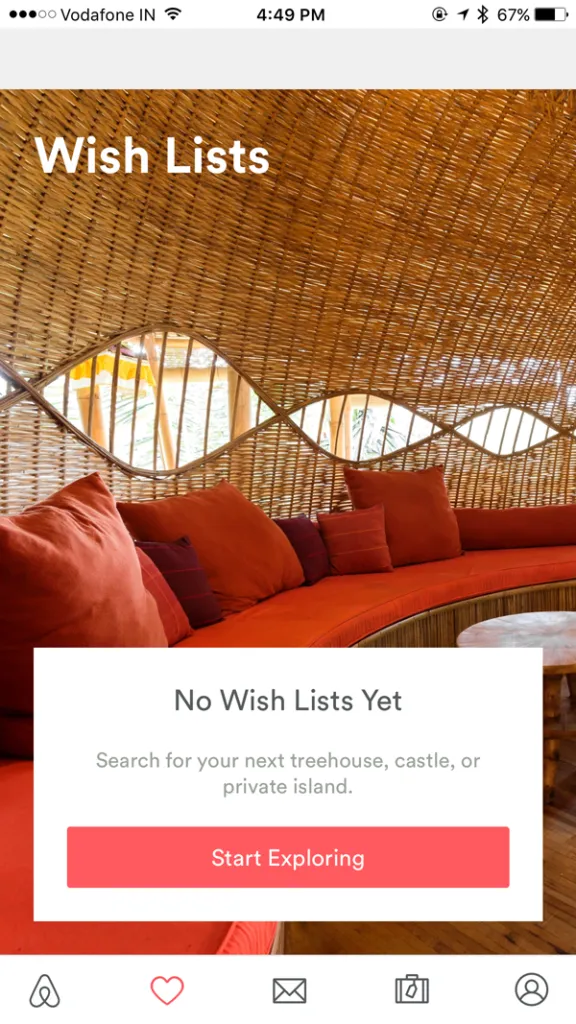
Now, the wishlist feature comes integrated in almost all travel apps, including Expedia, Priceline, Tripadvisor and more, but the reason why such a simple feature succeeded in providing such dramatic levels of engagement for AirBnB is-- social discovery.
Earlier, when there was no wishlist feature, users explored AirBnB *specifically* to look up places and contact hosts. However, with the introduction of the wish lists, the search dynamic changed. Users were engaging with the app not only when they were looking to book a room, but also when the work was boring, or when they were commuting to work.
By integrating sharing and collaborative features on their platform, AirBnB enabled a sophisticated social discovery model for exploring interested places around the world. From being a service that connected hosts and guests, AirBnB became a service that allowed users to explore new places and save them for future.
Apart from improving content accessibility, it also allowed AirBnB to personalize results, as it could now understand individual preferences, and fine-tune its algorithm to find the best matches. In the words of Gebbia, “Of course, users have to search, but what if they don’t know where to go?”
Wishlists proved to be just the right strategy for AirBnB that improved user engagement, personalization and content discovery, while also increasing revenue and traction.
That’s mobile marketing tactic #4 for brands-- “shift from merely being a discovery platform to a social discovery platform."
5. Capture the emotional intent
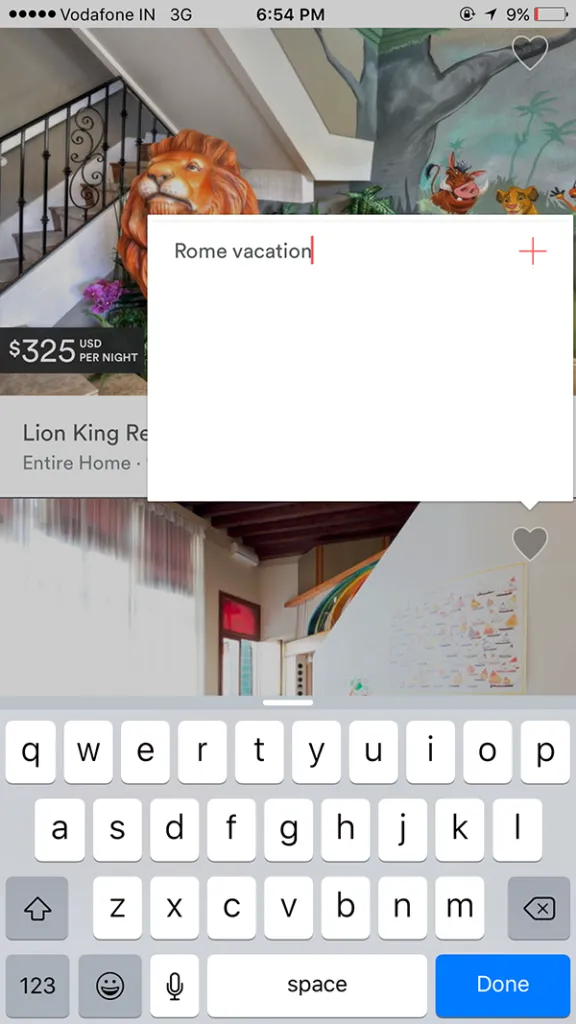
"When dealing with people, remember you are not dealing with creatures of logic, but creatures of emotion." — Dale Carnegie
Now, we looked at how AirBnB improved the engagement by 45% by integrating wish lists, but what’s interesting is how the idea of creating the feature originated.
When Chesky and his team were creating the product, they experimented with a simple change. They already allowed users to favorite a place, which they decided to change the symbol from “star” to “heart”. When they ran the tests after a couple of weeks, they found that engagement levels shot up by nearly 30% just due to that simple change.
That, right there, was the testimony to the fact that humans are emotional beings. We judge a service by the kind of emotions that the experience invokes. And, every little detail, including the choice of symbol and colour plays a pivotal role in improving engagement. That gave the tea, the motivation to build a more functional feature and wishlist was born.
But what’s important is how AirBnB tapped into the emotional side of its users, and refined their interface to capitalize on it.
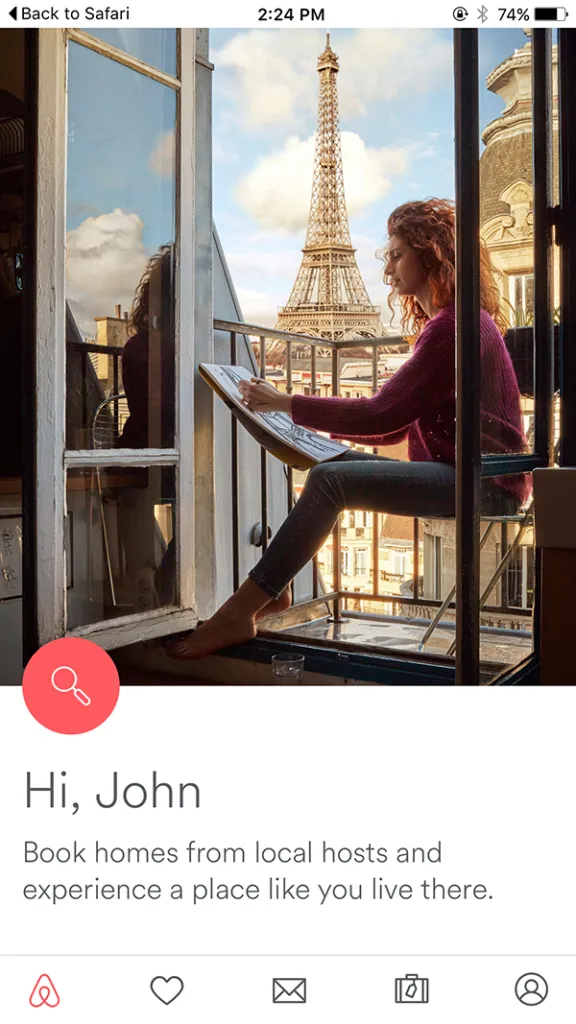
And it’s not just symbols. Even the choice of colour plays a role in triggering the right emotions.
For instance, notice how AirBnB uses lighter shades of red in its interface. As per Parott’s emotions grouping model, emotions like adoration, fondness, caring, tenderness, adoration and desire are closely linked to the primary emotion of love. Considering the fact that AirBnB is a platform that connects hosts and guests, the colour choice is perfect, since it generates the right set of emotions.
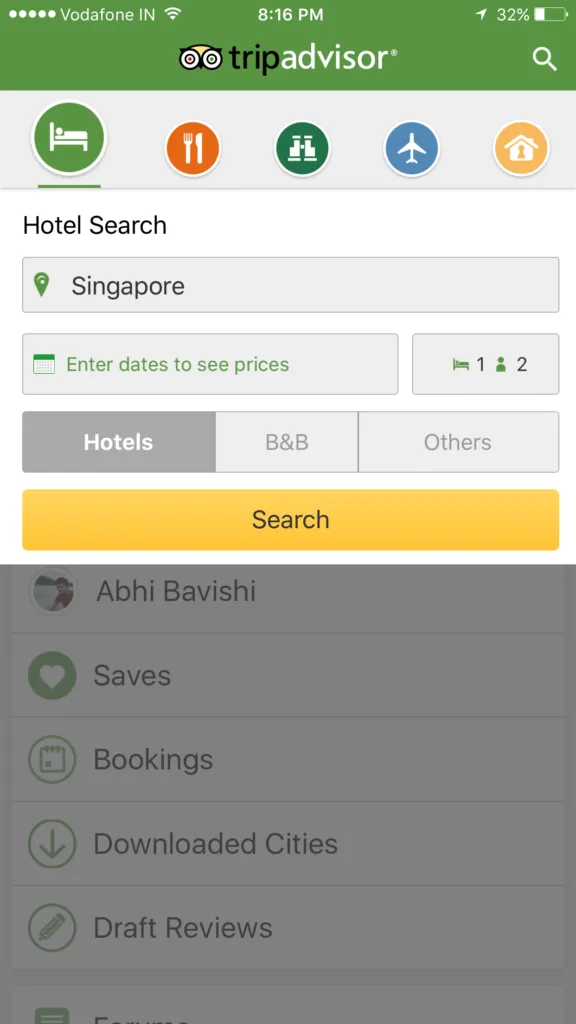
As another example, look at TripAdvisor’s interface. You’ll notice distinctive use of the colours “green” and “yellow” in the layout and CTAs.
If you match the colour shades being used with Plutchik’s wheel of emotions, you’ll find that the colour combination is associated with triggering emotions of trust, joy, ecstasy and admiration.
Similarly, BusBud uses the combination of green and blue, which is associated with triggering emotions of amazement, surprise, trust and acceptance.
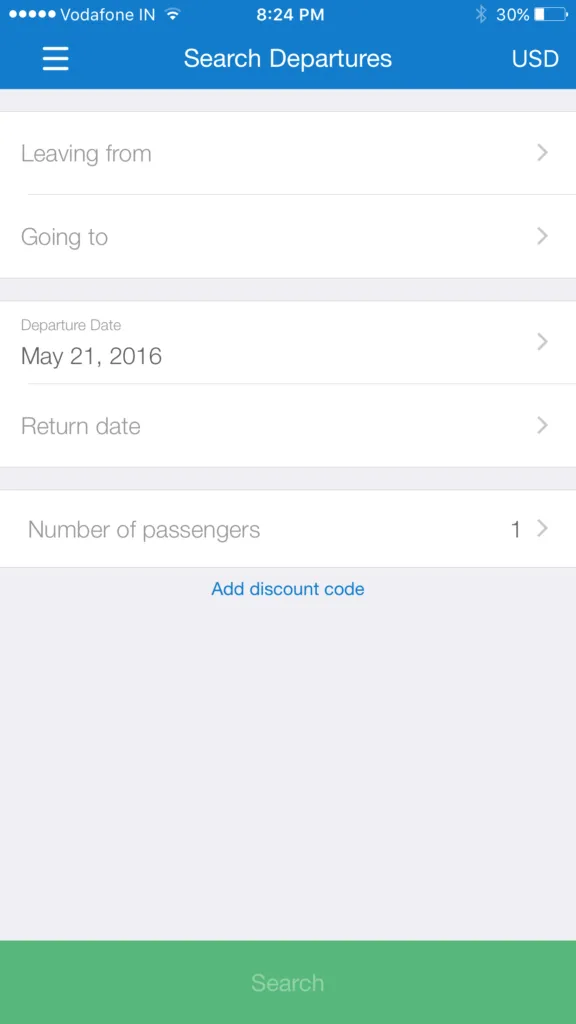
That’s mobile marketing tactic #5 for brands-- “People don’t buy for logical reasons. They buy for emotional reasons. So, make sure you generate the right set of emotions.”
6. Scarcity creates demand.
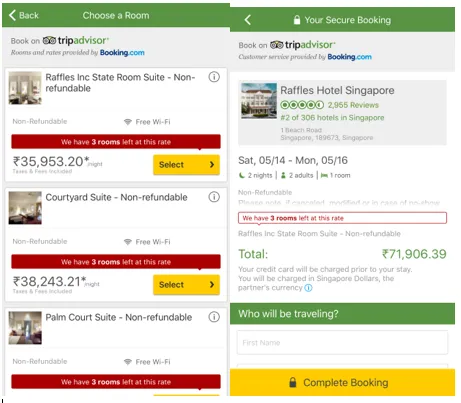
“People assign more value to things when they are less available.”- Steven Feinberg
It’s basic human nature to want more and more of what is less and less of. It's due to this law of scarcity that any product that has a higher demand and lower supply fetches a bigger premium.
That’s the principle TripAdvisor uses to improve conversions. It tells users that “sure, rooms are available, but that number is limited. "
Since the number is limited, users tend to mentally increase the valuation of the service that’s being offered (high demand + low supply = premium pricing). It also relates closely to the concept of social proof, which explains the natural human tendency to interpret other’s actions as correct. If a product is out of stock or in limited quantity, the product must be good, as the only reason it’s available in limited quantity is because everyone’s buying it.
Not only that, scarcity also gets users to act quickly. In his book- Influence: The Psychology of Persuasion, Cialdini explains that in a competitive environment, the drive to obtain a scarcely available resource intensifies. Users fear that if they don’t book quickly, they would run out of good options, and miss out on a great deal, which makes them act quickly.
That’s mobile marketing tactic #6 for brands- “It’s not enough to tell them the benefits they’ll gain by availing your service. You also need to show them how your propositions are unique and what they tend to lose, if they don’t act (quickly).”
7. Customization improves conversion.
“When it comes to marketing, there’s no one-size-fits-all approach.”
In my previous points, I mentioned the importance of having a social discovery model for building user engagement. But social discovery is aimed towards users who don’t know what they’re looking for. What if customers already know what they want?
In his transactional analysis theory, Eric Berne states that for a good working relationship, the service provider needs to change the role (parent/child/adult) based on the role the user adapts.
For example, if the user does not know what he’s looking for, the service provides needs to adapt the role of an adult and show him the options that the service offers. That would be the social discovery model.
However, in cases, where the user behaves like an adult, the service provider needs to comply to expectations, and behave like an “adaptive child”. If the service provides does not comply (offers no option for customization) or tries to be a parent (suggests completely different options), the user might get fed up and leave the transaction.
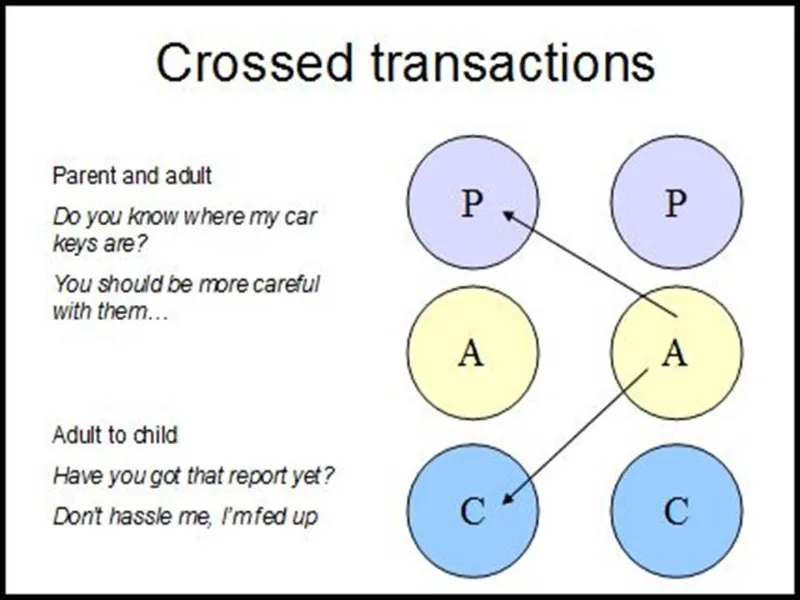
The biggest mistake you can make with your marketing strategy is to consider every customer the same, because conversions only happen when you help users find what they are looking for, and realistically, not every user is looking for the same thing.
For instance, look how many customization options Priceline offers to its customers. From checking facilities to finding a budget in a range, the interface allows users to narrow down on a hotel in just a few seconds.
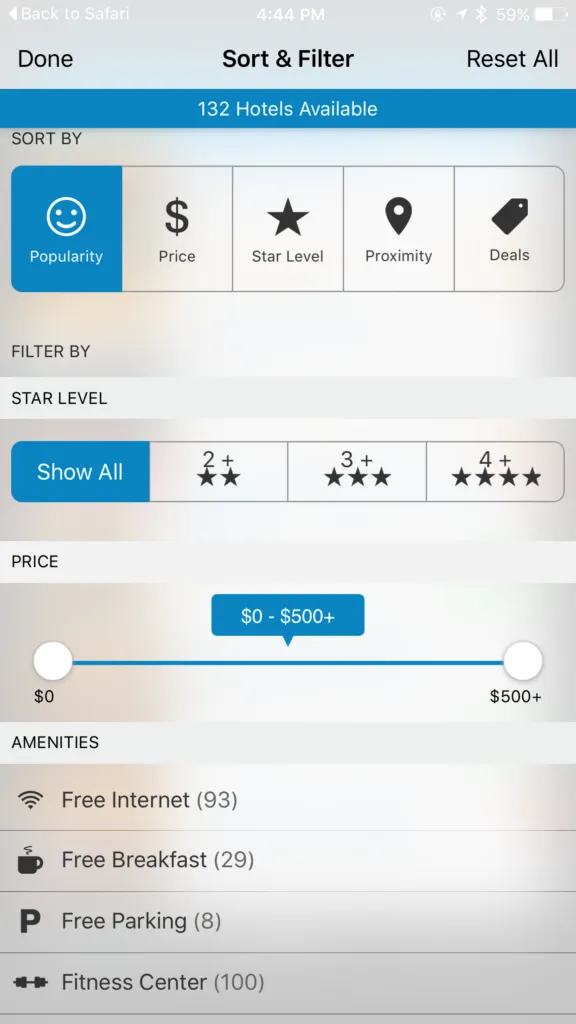
Priceline understands that not every customer would be willing to pay the price a hotel asks for a room. Some users would like to negotiate or would book only if they get a good deal. To cater to that user segment, the app offers a “Bids” section, where users can actually bargain for the room price with the hotel.
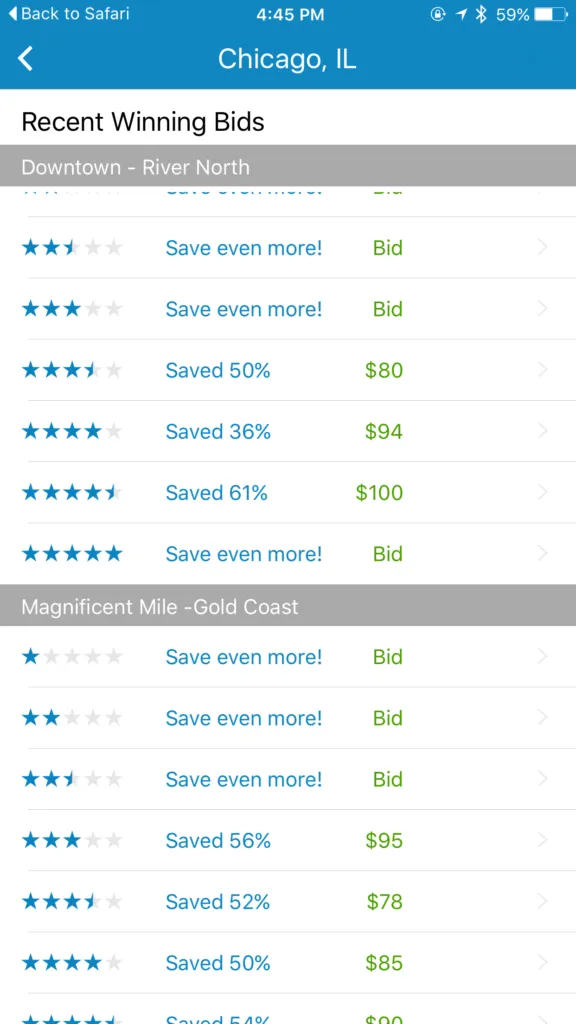
This is a great example of personalizing user experiences for a customer segment, and implementation of the transactional analysis theory.
That’s mobile marketing tactic #7 for brands-- “The only way to make a customer last is to put him first”.
8. Referrals are growth multipliers.
“When it comes to delivering organic growth, nothing beats referral marketing.”
Referrals are the biggest growth multipliers, because unlike other forms of marketing, they come from trusted, known and credible sources. They’re validated by strong social proof, and have the lowest activation gap.
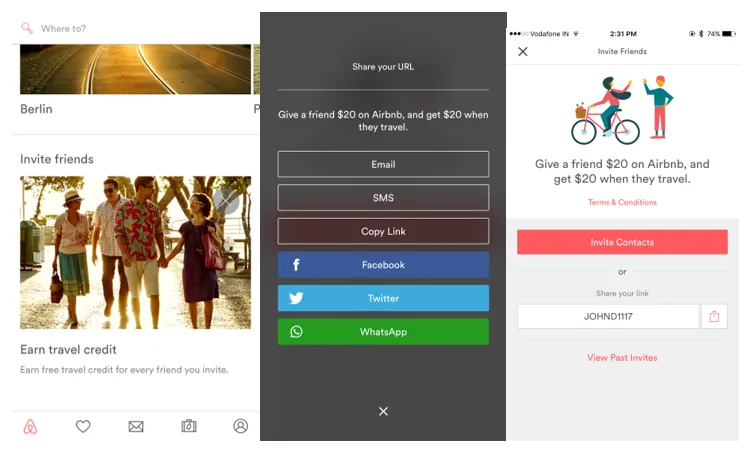
To understand why referrals are so effective, consider this-- In 2014, AirBnB decided to relaunch their “under-utilized” referral program, because of poor conversion ratio offered by referral emails. They redesigned the referral experience by integrating it with iOS and Android platform, and providing travel credits as gift for every successful referral. They also integrated social and collaborative channels for maximizing referral sharing.
Result? Number of bookings shot up by 25%, and they started seeing lot more traction. Based on the collected data, AirBnB also found that referred users tended to be better than general users-- as in, they were more likely to book a place or refer the app to their friends than normal users.
Apart from gaining quality users, the referral program also helped AirBnB bring down the CAC, as there was no actual money being spent on acquiring users; it was just service credits. This equitable reward mechanism helped AirBnB in scaling fast across a wide number of geographies, without burning a larger hole in their pockets.
Besides increasing the numbers, referrals also help in strengthening customer trust and building brand loyalty-- metrics that play a key role in building a sustainable brand.
That’s mobile marketing tactic#8 for brands-- “A brand is no longer what we tell the customer it is -- it is what customers tell each other it is.”
Wrapping up
In this post, we had a look at some of the most effective mobile marketing strategies used by popular travel apps.
From creating great experiences to delivering timely results, from accurately putting your actions in context to adapting an interactive social discovery model, we explored some of the most fascinating concepts these travel apps used to gain traction and build engagement.
Image Sources
Airbnb.com + BusBud.com + TripAdvisor.com + Priceline.com + Expedia.com
